BUSINESS & DESIGN OPERATIONS
Across my operations leadership roles—including Chief of Staff, Head of Strategic Planning, PMO leader, Sr. Director of Design, and enterprise transformation partner—I’ve consistently focused on driving clarity, alignment, and measurable outcomes in complex environments. I’ve consistently helped organizations move from ambiguity to clarity—aligning people, process, and purpose to unlock strategic impact.
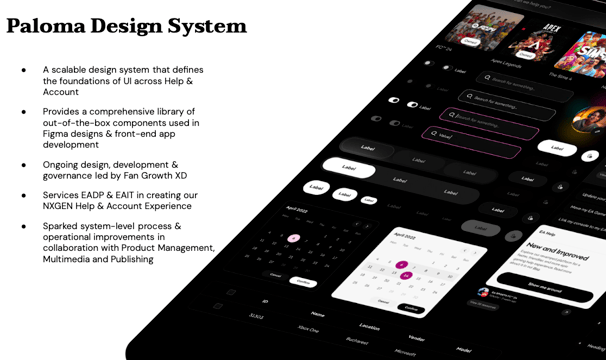

EA - Paloma Design System
Problem: As EA embarked on a major redesign of its user-facing platforms, we faced fragmentation across design teams, inconsistent UI elements, and inefficiencies in how components were created, reused, and evolved. Without a unified system, delivering cohesive, scalable, and brand-aligned experiences across our ecosystem was increasingly complex and resource-intensive.
Approach: In response, I provided strategic leadership to guide my team in creating Paloma, a centralized, flexible design system built to drive consistency and efficiency across EA’s digital touchpoints. We established a dedicated design tech team responsible for building and maintaining the system, ensuring seamless integration with our broader brand guidelines and tooling. By aligning with cross-functional partners—including engineering and other design groups—we created a foundation that could scale with product demands and future innovation.
Outcome: Paloma became a critical enabler for EA’s product and platform teams, streamlining development workflows, reducing design debt, and improving the consistency and quality of the user experience. The system empowered teams to move faster with greater alignment, contributing to improved operational efficiency, brand coherence, and a more polished, intuitive experience for millions of players worldwide.

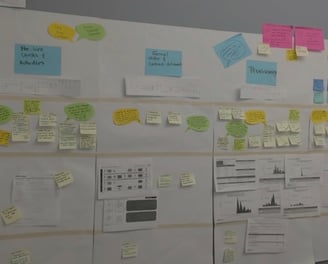
PayPal Chief of Staff/Special Projects
Problem:
As PayPal's Design organization scaled globally and adapted to Agile development, it lacked the foundational practices, alignment mechanisms, and communication infrastructure needed to consistently deliver high-quality user experiences. Design was inconsistently integrated into product development, internal communication was fragmented across a global team of 400+, and there were no unifying principles to guide decision-making or quality standards.
Approach:
In my role as Chief of Staff for the Design organization, I led strategic initiatives to strengthen operational effectiveness, amplify executive communication, and establish scalable frameworks that aligned our growing global team. I introduced Lean UX to embed user-centered design into Agile workflows, closing the gap between design and development. To unify our distributed team, I launched GLUED (Globally Linking UED)—a newsletter that became a key platform for global visibility, connection, and recognition. Additionally, I spearheaded the development of our core design principles, creating a shared foundation to guide design quality and decision-making across the company.
Outcome:
These efforts helped solidify design’s strategic role within the company. Lean UX practices improved collaboration and accelerated delivery across product teams. The GLUED newsletter fostered a stronger global culture and sense of community. Most importantly, our design principles provided the clarity and cohesion needed to elevate customer experiences and unify our brand. As Chief of Staff, I played a pivotal role in enabling leadership alignment, managing special projects, and operationalizing strategy across one of the company’s most influential organizations.
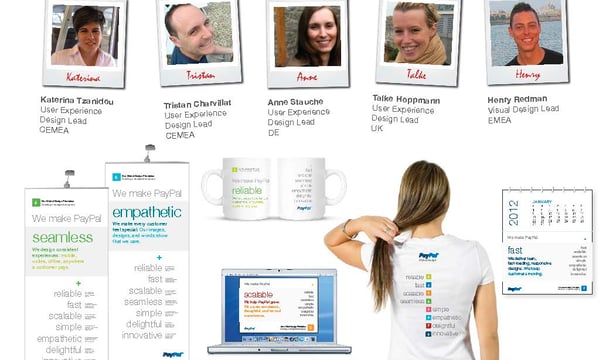

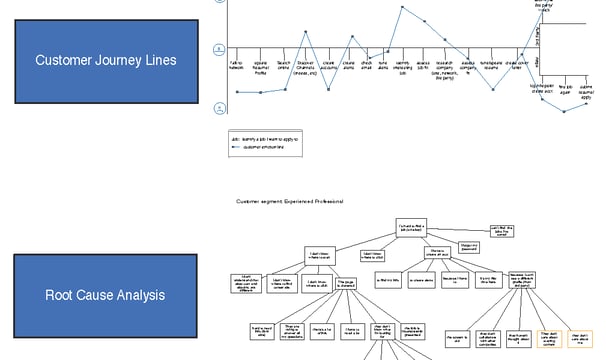


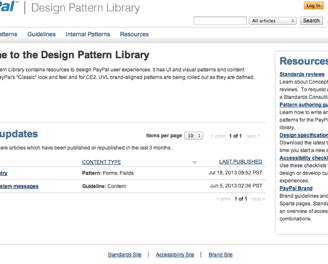
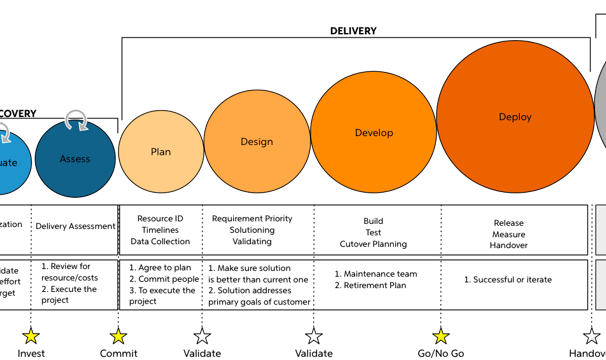

PayPal Design Practice
Problem:
In the early stages of PayPal’s organizational growth, there was no standardized practice for understanding or representing user needs across touchpoints. This led to fragmented experiences, unclear prioritization of customer pain points, and limited visibility into the end-to-end user journey.
Approach:
To address this, I provided strategic leadership in establishing foundational design practices that could scale with the business. I introduced journey mapping, root cause analysis, and experience-led problem framing to the design team—embedding these methods into our approach to product and service development. I also supported the team's capability-building to ensure consistent, user-centered decision-making across functions.
Outcome:
These methodologies became core to how the organization approached customer experience, enabling more cohesive, cross-functional collaboration and improving how we identified, prioritized, and solved user pain points. The shift helped elevate design as a strategic discipline, embedding user insights into business planning and execution at scale.
PayPal New Hire Onboarding
Problem:
PayPal’s employee onboarding experience was fragmented, inconsistent, and failing to meet employee expectations—resulting in a Net Promoter Score (NPS) of -60 and negatively impacting engagement, retention, and time-to-productivity for new hires.
Approach:
As Director of HR Operations, I led the strategic transformation of the onboarding experience by launching a cross-functional initiative that aligned more than 10 teams and engaged 40 contributors, structured into four coordinated workstreams. Leveraging design thinking as our foundation, I guided the organization through a process of problem framing, goal setting, and collaborative design. My focus was on uniting stakeholders around a shared vision, simplifying handoffs, and ensuring executive sponsorship to remove blockers and accelerate execution.
Outcome:
Within one year, we successfully redesigned and implemented a cohesive onboarding journey that dramatically improved the new hire experience—raising onboarding NPS from -60 to +70. The transformation not only enhanced engagement and employee satisfaction but also established a scalable, repeatable onboarding framework aligned to PayPal’s culture and operational goals.
PayPal HR Operations
Problem:
When I stepped into the role of Director of HR Operations at PayPal, the team lacked foundational business operations practices—there were no structured development lifecycles, project management standards, or formal review processes. This lack of operational rigor limited the team’s ability to scale, deliver consistently, or measure impact effectively.
Approach:
Recognizing the opportunity to build operational maturity, I led the introduction of comprehensive business operations frameworks tailored to HR. I established structured project management methodologies, implemented delivery lifecycles, and created standard review practices. I also focused on upskilling the team and driving alignment across key stakeholders to embed these practices into day-to-day work.
Outcome:
The transformation brought clarity, predictability, and accountability to HR initiatives. As a result, the team delivered more strategic, measurable, and timely people solutions across the organization. These enhancements elevated HR’s role as a reliable partner to the business and laid the foundation for a more agile, outcomes-driven operating model.
EA Positive Play Program
Problem:
Toxic behaviors within online gaming environments posed growing reputational, community, and player retention risks for EA. The company lacked a unified, strategic approach to addressing these behaviors, and efforts across teams were fragmented or reactive.
Approach:
As the enterprise program lead, I was selected to drive the Positive Play initiative—an executive-sponsored effort to foster healthier, more inclusive gaming experiences. I led cross-functional coordination and aligned senior leaders on a common vision, defining strategic objectives and building operating models that enabled sustained, collaborative execution. This included identifying early opportunities, shaping program messaging, and embedding shared accountability across product, operations, and community teams.
Outcome:
Our coordinated efforts led to the establishment of a formal SVP-level leadership role and a dedicated team focused on Positive Play—transforming what began as a program into a lasting function. This shift embedded player well-being and community health into EA’s long-term strategy, reinforcing the company’s commitment to safer and more inclusive experiences across its global portfolio.
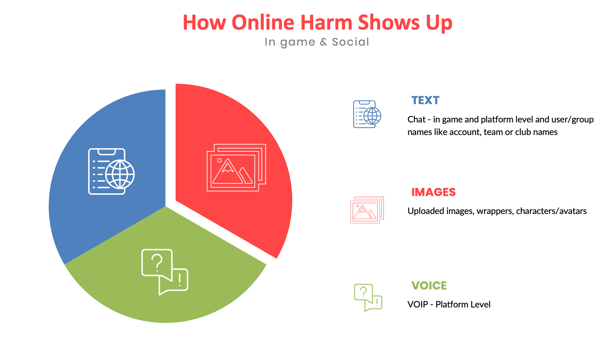

EA Customer Service Operations Framework
Problem:
EA’s Customer Service organization faced growing complexity without the foundational structures to manage it effectively. There was no standardized work lifecycle, leading to fragmented collaboration, inconsistent execution, and missed opportunities for strategic alignment. Simultaneously, the absence of a gating process or work categorization meant the team was inundated with incoming requests from leadership—regardless of impact or resource capacity—causing misaligned priorities and reduced operational efficiency.
Approach:
To address these challenges, I introduced a dual-pronged operational framework. First, I implemented a defined work lifecycle that established clear phases, checkpoints, and review cadences. This ensured consistent project visibility, enabled timely leadership input, and promoted stronger cross-functional collaboration. In parallel, I created a system of categorized work types, which allowed the organization to differentiate between strategic initiatives, foundational work, and urgent ad hoc tasks. This enabled better prioritization, resource planning, and value delivery.
Outcome:
The new operational framework brought structure, clarity, and accountability to how the Customer Service team worked. Leadership gained greater visibility and influence, teams collaborated more effectively, and resources were more strategically allocated. Together, the lifecycle and work type models drove more deliberate execution, elevated strategic alignment, and improved the overall impact of the Customer Service organization.
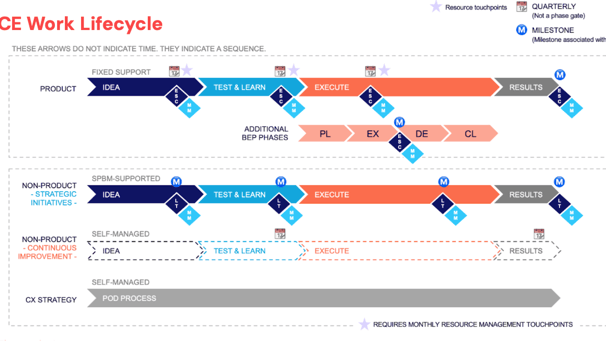

PayPal Design Pattern Library
Problem:
In the early stages of PayPal’s design system maturity, there was no scalable, standardized approach for reusing design elements across teams. This led to inconsistent user experiences, design inefficiencies, and redundant effort across product teams.
Approach:
I assumed leadership of the newly formed PayPal Pattern Team with a mandate to establish a scalable, reusable library of design patterns. I refined the team’s operating model to balance governance with flexibility—empowering designers to tailor solutions to their product needs while ensuring alignment through shared standards. I also focused on increasing cross-team collaboration and improving the integration of the pattern library into product workflows.
Outcome:
Under my leadership, the number of reusable patterns in the system grew significantly, and the adoption rate increased by 25%. This elevated the consistency, efficiency, and quality of design work across PayPal products—strengthening the overall user experience and reducing design and development overhead at scale.

